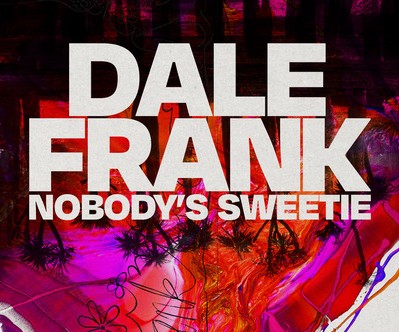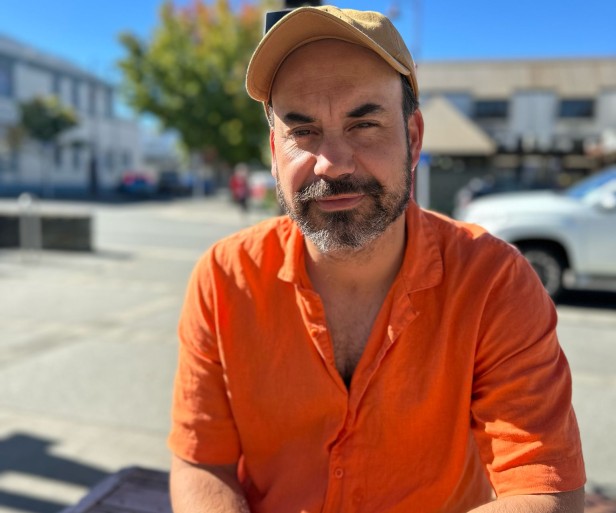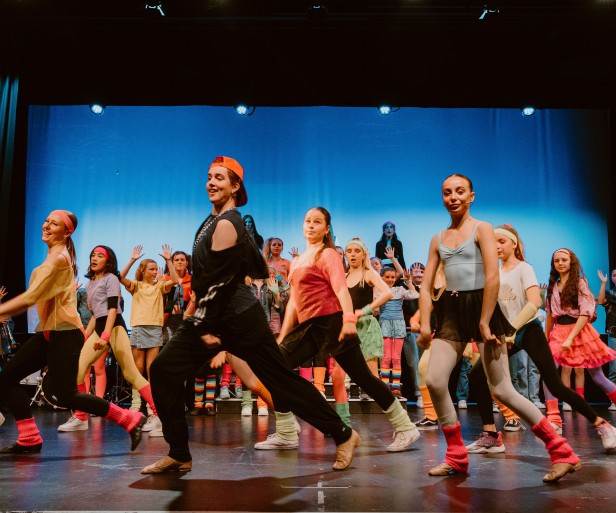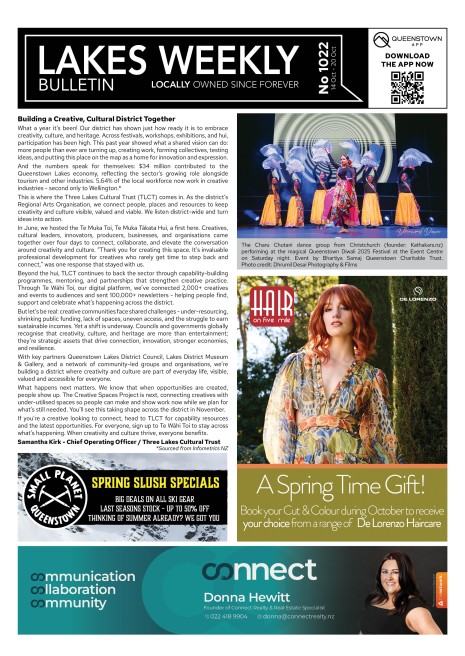THE TIGHT FIVE: SEUNG YUL OH
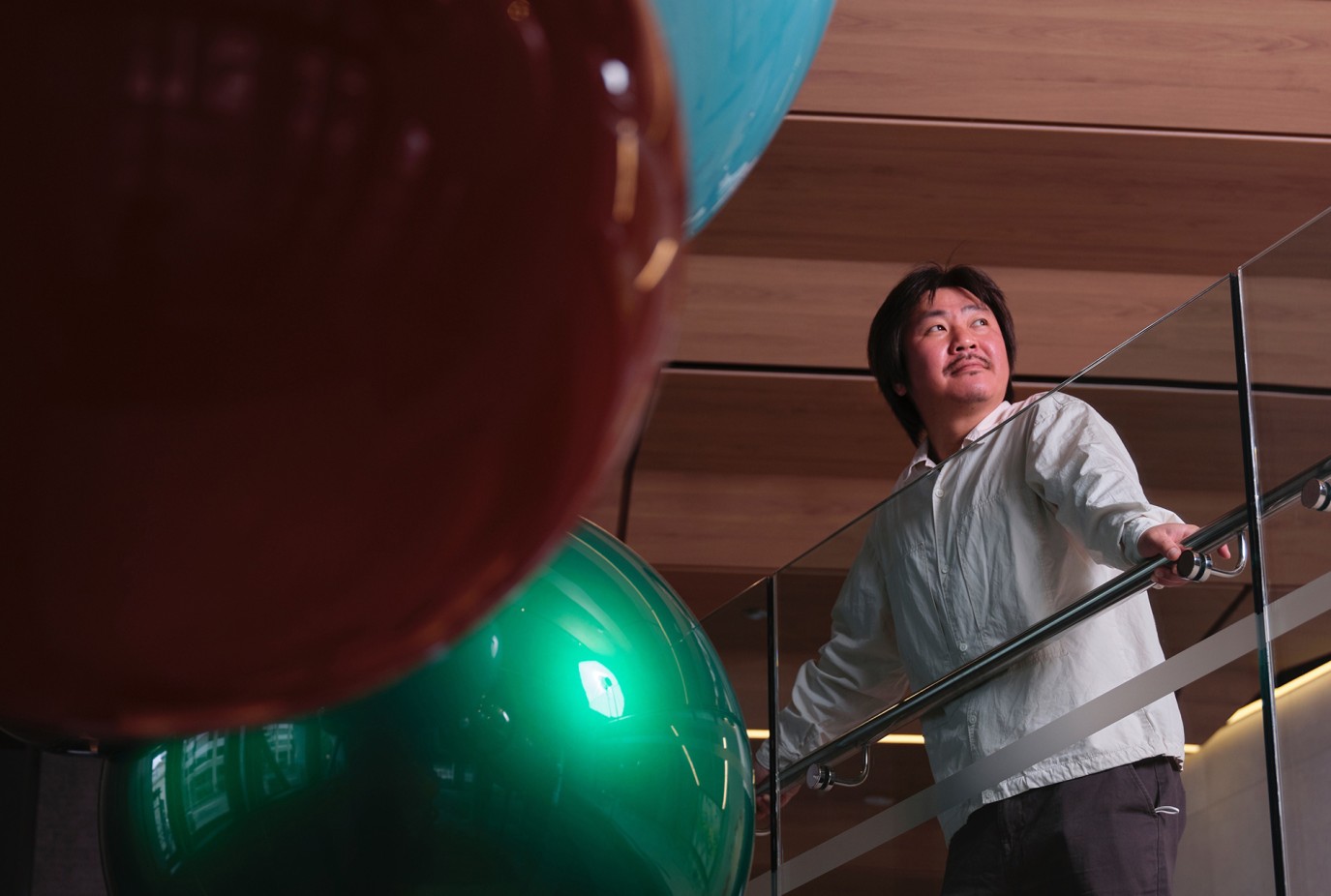
As we anticipate the return of First Thursdays Queenstown we’re asking artists five questions about their practice. This week we interview Seung Yul Oh.
When in your practice did it all click?
When I found there was connection and communication in silence. I discovered a language to express thoughts and ideas through my practice, it was a waking up moment of primitive instinct.
Is there something that constantly links your work?
For my sculpture it is orchestrating relationships between objects in space, specifically the use of captured air to challenge and redefine space. Large-scale sculpture is usually a heavy business: heavy in materials and heavy in mood but mine is intentionally playful. ‘Huggong’ was two oversize inflatables that filled a room to bursting, pressing up against walls and bulging around columns. I’m a Korean-New Zealander and sometimes use words as titles to suggest this manipulation of space, ‘huggong’ means ‘air’ or ‘void’.
Alongside your gallery practice with Starkwhite you make public art, how do you approach this?
My public works echo organic forms connected to or taken from a site and people who use that place. Last year I made an installation of oversized floating spheres for Auckland’s new Cordis Hotel. This sculpture reflects the flow of people coming and going in a hotel and also the transition of night following day. People have an enduring fascination with spheres, most often seen as bubbles in everyday life. Bubbles conjure up happy times, kids at play or birthdays. They also have interesting properties, no matter what its initial shape a bubble will try to become a sphere, the shape that maximises surface area and requires the least energy. When one bubble meets another the resulting union is one of total sharing and compromise. In recent years the concept of a ‘bubble’ has come to represent something new, an idea of security, comfort, and protection – the same values guests look for in a hotel – so it felt like a good fit.
You’re also a painter, would we recognise this work as the same artist?
My painting is very different. It is a formal and often minimalist practice which I think of as musical and offering moments of balance and counterpoint. Painting is an in-studio self discipline, a recording of time within the formal aspect of a practice during which I observe colour and composition to examine myself. The painting process drives my other practice as it offers a very meditative state to awaken creativity and sensitivity.
Is it true that as an art student you deep fried a painting?!
Ha, yes! During my exhibition I also did a sound performance by deep-frying objects to create noise. As it was getting more and more exciting I ran out of objects to deep fry, so I grabbed a painting from the show and dipped and battered it too. After frying became a new work and I hung it back on the wall.


